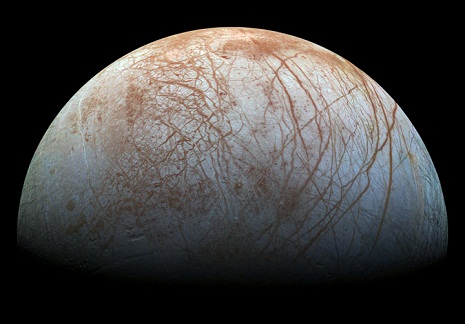NASA
When we think about water in the solar system, we likely only think of Earth. It’s natural, of course, since more than 70 per cent of our planet is covered in it. But there are quite a few ocean worlds beyond our front door.
And it’s that water that will likely lead us to discover life on alien worlds, according to one NASA scientist.
“I think we’re going to have strong indications of life beyond Earth within a decade, and I think we’re going to have definitive evidence within 20 to 30 years,” said Ellen Stofan, chief scientist at NASA.
“We know where to look. We know how to look.”
But Stofan explained that it’s not the type of life we might associate with science fiction movies.
“We’re not talking about little green men, we’re more talking little microbes,” she said in a NASA press conference on Tuesday. “So this is going to be life that’s going to be a little bit hard to find in our solar system.”
Water can be found throughout our solar system — it’s just not as abundant as it is on Earth. Asteroids, comets, and moons — such as Jupiter’s Ganymede and Europa, and Saturn’s Enceladus — are believed to have traces of water or even oceans. Robotic missions to those worlds have proved to be valuable in helping astronomers and astrobiologists know what to look for.

Europa holds many secrets beneath its icy surface, and many believe that it is one of the best candidates to harbour life. NASA/JPL-Caltech/SETI Institute
Stofan admitted that, as a field geologist, she’s a bit biased as to the best way of finding that life, though. And that involves humans.
“It’s eventually going to take humans, on the surface of Mars — field geologists, astrobiologists, chemists — actually out there looking for that good evidence of life that we can bring back to Earth for all the scientists to argue about,” she said.
It’s believed that Mars once harboured a large ocean that took up almost half of the planet’s northern hemisphere. Scientists still don’t completely understand what happened to change the red planet so drastically. But Mars still has water below its polar ice caps.
NASA plans further missions to Mars and even possibly Jupiter’s moon Europa in the hopes of looking for life and gaining a better understanding of the the formation of our solar system.









.jpg)





-1741278702.jpg&h=190&w=280&zc=1&q=100)

































